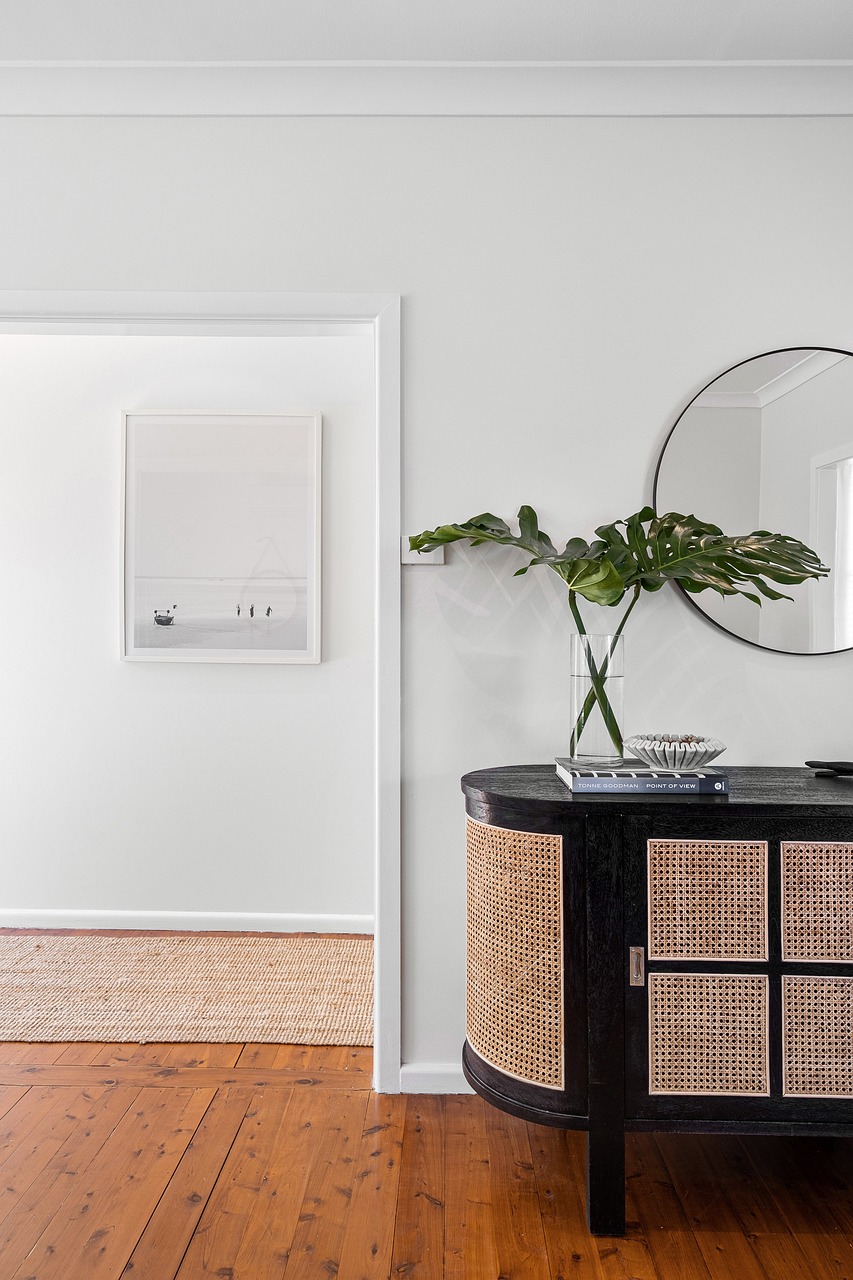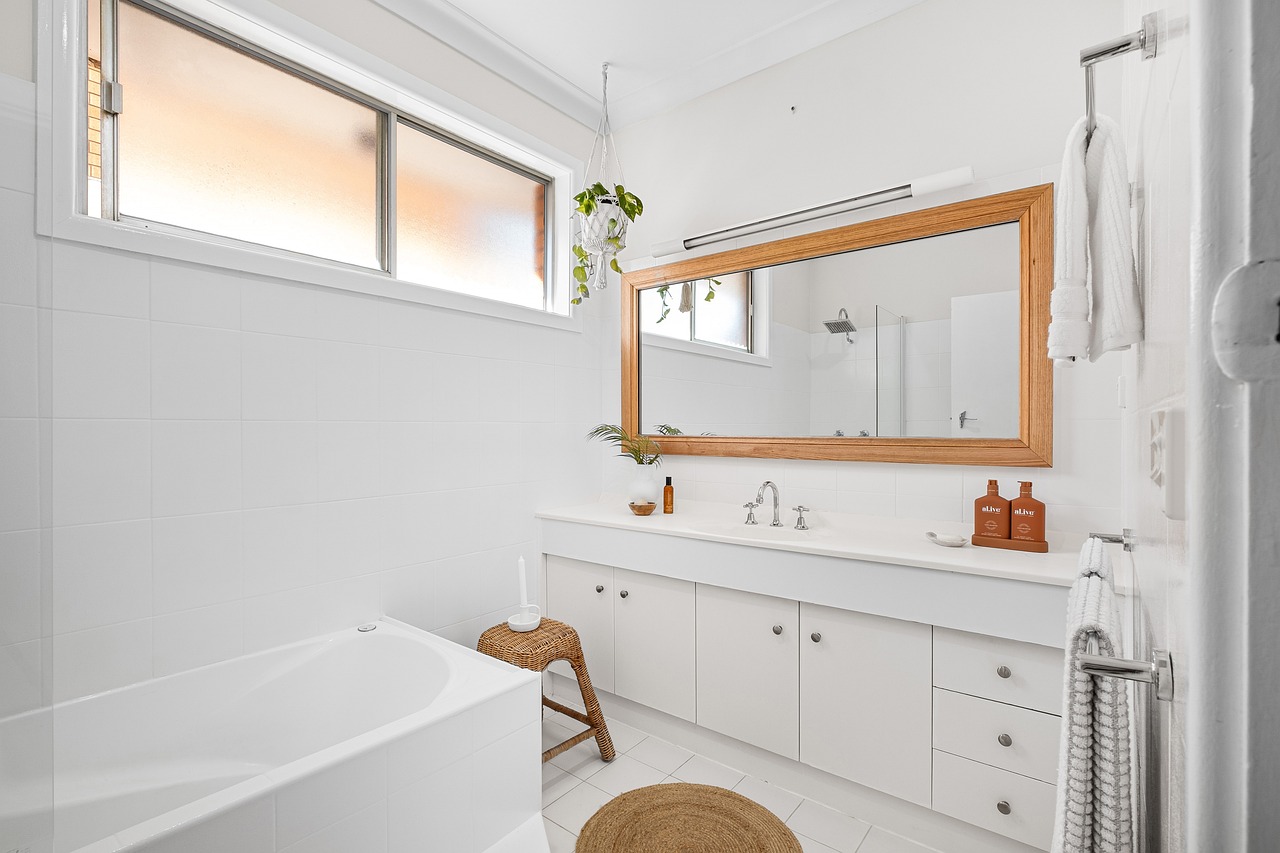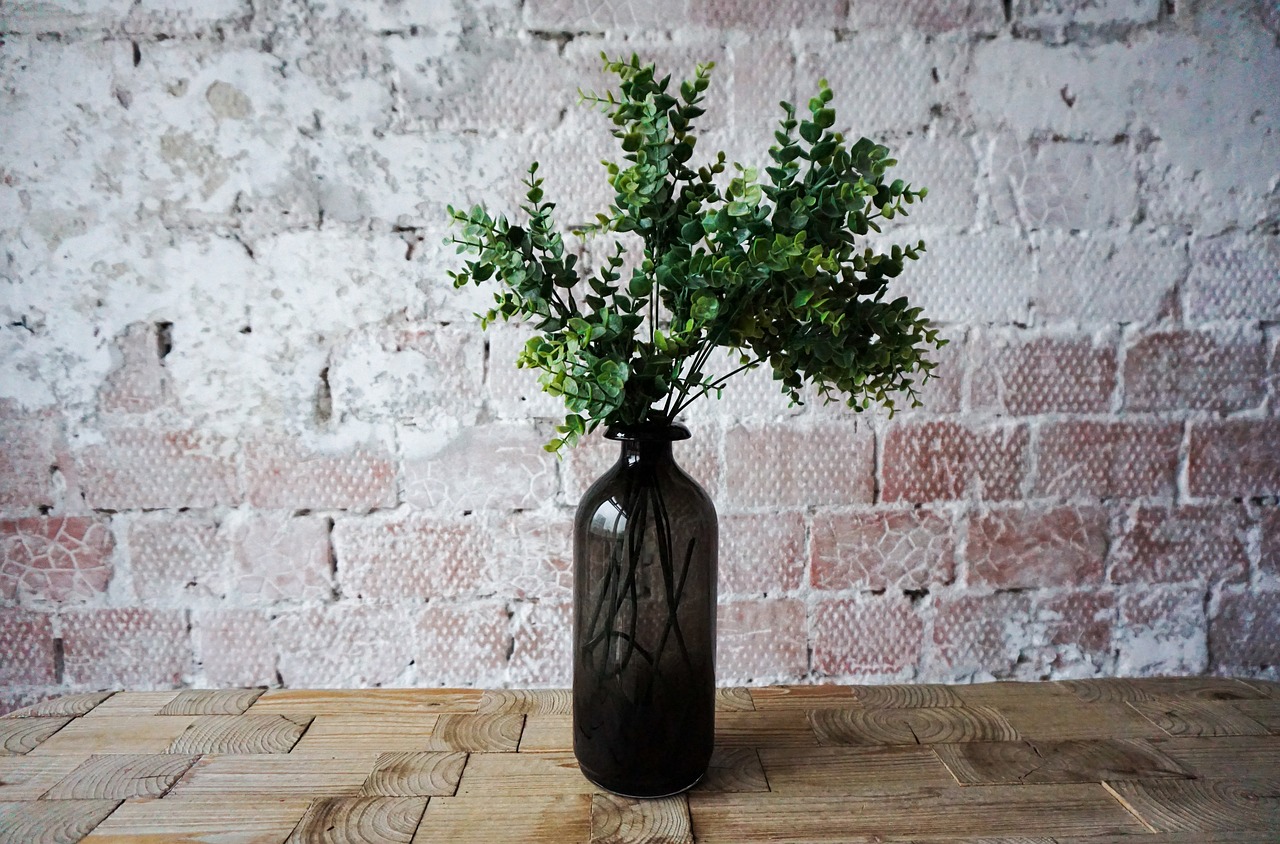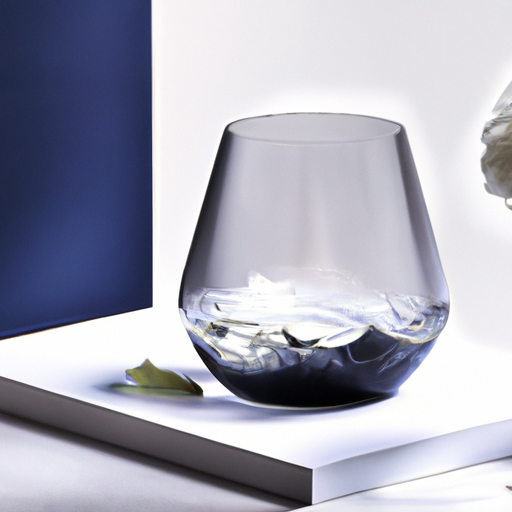
In the world of interior design, modern décor is often referred to as contemporary style. Characterized by clean lines, minimalism, and a sleek aesthetic, contemporary design embraces simplicity and functionality. With its focus on sleek forms and neutral color palettes, this style creates an atmosphere that is both sophisticated and inviting. Whether you are looking to revamp your living room, bedroom, or office space, incorporating elements of modern décor can bring a fresh and timeless feel to your surroundings. Modern decor refers to a style of interior design that is characterized by simplicity, clean lines, and a lack of clutter. This type of decor focuses on minimalism and functionality, creating a sleek and contemporary aesthetic. There are various styles within modern decor, each with its own unique characteristics and key elements. In this article, we will explore some of the most popular modern decor styles, including minimalist decor, contemporary decor, mid-century modern decor, industrial decor, Scandinavian decor, bohemian decor, art deco decor, eclectic decor, rustic decor, and transitional decor. Let’s dive in and discover the characteristics and key elements of each style.
1. Minimalist Decor
1.1 Characteristics of Minimalist Decor
Minimalist decor is all about simplicity and eliminating unnecessary clutter. It embraces the idea of “less is more.” The main characteristics of minimalist decor include:
- Clean lines: Minimalist decor incorporates straight and simple lines in furniture, architectural elements, and overall design.
- Neutral color palette: White, gray, and beige are typical colors used in minimalist decor, creating a calming and serene environment.
- Functional furniture: Minimalist decor focuses on furniture that serves a purpose and doesn’t take up unnecessary space.
- Lack of ornamentation: Minimalist decor avoids excessive decoration and embellishment, allowing the beauty of the space to speak for itself.
1.2 Key Elements of Minimalist Decor
To achieve a minimalist decor style, it is essential to consider the following key elements:
- Decluttered space: Removing unnecessary items from your living space is crucial for minimalist decor. Keep only the essentials and create a sense of openness and tranquility.
- Simple furniture: Opt for sleek, low-profile furniture pieces with clean lines and minimal ornamentation. Avoid bulky or overly ornate furniture.
- Textures and materials: Focus on incorporating a variety of textures and materials, such as wood, glass, metal, and natural fabrics, to add depth and visual interest to the space.
- Functionality: Every piece in a minimalist decor should serve a purpose. Choose furniture with built-in storage or multi-functional features to maximize space efficiency.
2. Contemporary Decor
2.1 Characteristics of Contemporary Decor
Contemporary decor refers to the design style that is currently popular and trending. It is ever-evolving and often incorporates elements from various other styles. The main characteristics of contemporary decor include:
- Clean and simple lines: Similar to minimalist decor, contemporary decor embraces sleek lines and a clutter-free ambiance.
- Neutral color palette: Contemporary decor often features a neutral color scheme with pops of bold colors or patterns.
- Mixing materials: This style combines different materials like glass, metal, wood, and upholstery to create a harmonious and balanced look.
- Eclectic accessories: Contemporary decor allows for the inclusion of unique and eclectic accessories to personalize the space.
- Focus on comfort: Comfort is a key aspect of contemporary decor. Plush seating, cozy textures, and soft lighting contribute to a warm and inviting atmosphere.
2.2 Key Elements of Contemporary Decor
To achieve a contemporary decor style, consider the following key elements:
- Statement furniture: Choose one or two furniture pieces that serve as focal points in the room. These pieces can have bold designs or unique shapes.
- Artwork and accessories: Incorporate contemporary artwork and accessories that reflect your personal style. This can include abstract paintings, sculptures, or modern light fixtures.
- Pops of color: Add vibrant pops of color through accent pillows, rugs, or artwork to create visual interest and add personality to the space.
- Mixed textures: Combine different textures, such as smooth leather with textured fabrics or glossy surfaces with matte finishes, to create visual appeal and tactile interest.

3. Mid-Century Modern Decor
3.1 Characteristics of Mid-Century Modern Decor
Mid-century modern decor refers to the design style that emerged in the mid-20th century, particularly during the 1940s to the 1960s. It is characterized by a blend of simplicity, functionality, and organic shapes. The main characteristics of mid-century modern decor include:
- Organic shapes: Mid-century modern decor incorporates organic and geometric shapes in furniture and architectural design.
- Natural materials: The use of natural materials, such as wood, leather, and metal, is prevalent in mid-century modern decor.
- Vibrant colors: This style embraces bold and vibrant colors, such as teal, mustard yellow, and vibrant orange, adding a playful and retro touch.
- Clean lines: Mid-century modern decor features clean, uncluttered lines in furniture design, emphasizing simplicity and functionality.
3.2 Key Elements of Mid-Century Modern Decor
To achieve a mid-century modern decor style, consider the following key elements:
- Iconic furniture: Invest in iconic mid-century modern furniture pieces, such as the Eames Lounge Chair or a Saarinen Tulip Table, to anchor the style in your space.
- Retro patterns: Incorporate retro patterns, such as abstract geometric prints or atomic-inspired designs, through area rugs, throw pillows, or wallpaper.
- Statement lighting: Choose sculptural lighting fixtures, such as a Sputnik chandelier or a floor lamp with a tripod base, to add a focal point and enhance the mid-century modern aesthetic.
- Warm finishes: Opt for warm wood tones, such as walnut or teak, in furniture and cabinetry to create a cozy and inviting atmosphere.
4. Industrial Decor
4.1 Characteristics of Industrial Decor
Industrial decor draws inspiration from factories, warehouses, and industrial spaces. It embraces raw and unfinished elements to create a unique and edgy aesthetic. The main characteristics of industrial decor include:
- Exposed materials: Industrial decor often showcases raw and unfinished materials, such as exposed brick, concrete, and ductwork.
- Metal accents: Steel, iron, and other metals are commonly used in industrial decor, whether in furniture, lighting, or decorative accents.
- Neutral color palette: Industrial decor tends to favor neutral and muted color schemes, such as grays, browns, and blacks, to maintain the industrial ambiance.
- Vintage and salvaged items: Incorporating vintage or salvaged items, such as old signs, machinery, or reclaimed wood, adds authenticity to the industrial style.
4.2 Key Elements of Industrial Decor
To achieve an industrial decor style, consider the following key elements:
- Weathered textures: Emphasize weathered textures through distressed furniture, vintage accessories, or exposed brick walls.
- Metal and wood fusion: Combine metal elements with reclaimed wood or distressed furniture to create a balance between industrial and rustic aesthetics.
- Industrial lighting: Choose industrial-style lighting fixtures, such as pendant lights with exposed bulbs or factory-style wall sconces, to enhance the industrial vibe.
- Open floor plan: Industrial decor flourishes in open spaces that allow the raw materials and industrial elements to shine.

5. Scandinavian Decor
5.1 Characteristics of Scandinavian Decor
Scandinavian decor is known for its simplicity, functionality, and emphasis on natural light. It derives inspiration from the Nordic countries, where light and nature play prominent roles in daily life. The main characteristics of Scandinavian decor include:
- Light and airy color palette: Scandinavian decor favors a light and neutral color scheme, with white being a dominant color to maximize the natural light.
- Natural materials: Wood, particularly light-toned woods like pine or birch, is a staple in Scandinavian decor. Other natural materials like wool, linen, and leather also make appearances.
- Minimalistic furniture: Scandinavian decor incorporates simple and functional furniture with clean lines, avoiding excessive ornamentation.
- Cozy textures: To counterbalance the minimalist aesthetic, Scandinavian decor incorporates cozy textures through textiles like sheepskin rugs, chunky knit blankets, and plush cushions.
5.2 Key Elements of Scandinavian Decor
To achieve a Scandinavian decor style, consider the following key elements:
- Light and natural colors: Opt for a light color palette, such as whites, grays, and pastels, to create a bright and airy atmosphere. Add pops of color through decorative accents or artwork.
- Natural light: Maximize natural light by keeping windows unobstructed and using sheer curtains or blinds that allow light to filter through.
- Functional and sleek furniture: Choose furniture that is simple, practical, and visually light. Scandinavian design is known for its iconic pieces, such as the Egg Chair or the Wishbone Chair.
- Minimalistic accessories: Incorporate minimalistic and functional accessories, such as geometric vases, wooden candleholders, or ceramic tableware, to enhance the Scandinavian aesthetic.
6. Bohemian Decor
6.1 Characteristics of Bohemian Decor
Bohemian decor, also known as boho decor, celebrates individuality, creativity, and a relaxed lifestyle. It draws inspiration from global influences, eclectic patterns, and a mix of vintage and new elements. The main characteristics of bohemian decor include:
- Eclectic patterns and colors: Bohemian decor embraces a variety of patterns, colors, and textures, often inspired by ethnic fabrics, Moroccan motifs, or vintage textiles.
- Layered textures: Layering is a key aspect of bohemian decor, whether through textiles like rugs, tapestries, and throw pillows, or through a mix of different furniture styles and materials.
- Global and vintage influences: Bohemian decor incorporates elements from various cultures and eras, combining vintage pieces with contemporary finds.
- Nature-inspired accents: To bring the outdoors in, bohemian decor often incorporates natural materials like rattan, woven cane, macramé, and plants.
6.2 Key Elements of Bohemian Decor
To achieve a bohemian decor style, consider the following key elements:
- Mix and match: Combine different patterns, colors, and textures to create a harmonious yet eclectic look. Don’t be afraid to experiment and layer textiles or combine furniture styles.
- Vintage and handmade pieces: Incorporate vintage furniture or handmade items, such as macramé wall hangings or woven baskets, to add character and uniqueness to your space.
- Cozy seating areas: Create cozy nooks by incorporating floor pillows, poufs, or hammocks to encourage relaxation and lounging.
- Nature-inspired elements: Add plants, flowers, or branches to bring a natural and organic feel to your bohemian decor. Utilize rattan or woven accents for furniture or decorative accessories.

7. Art Deco Decor
7.1 Characteristics of Art Deco Decor
Art Deco decor emerged in the 1920s and 1930s and is characterized by its glamorous and luxurious aesthetic. It draws inspiration from various artistic movements, including Cubism, Egyptian art, and the machine age. The main characteristics of Art Deco decor include:
- Geometric patterns: Art Deco decor incorporates bold geometric patterns, such as chevrons, zigzags, and sunbursts, to create a visually striking look.
- Rich materials: This style utilizes luxurious materials like velvet, silk, brass, and lacquered wood to create an opulent atmosphere.
- Streamlined furniture: Art Deco decor features streamlined and sleek furniture design, often with rounded corners and smooth curves.
- Metallic accents: Brass, chrome, and other reflective metallic finishes are common in Art Deco decor, adding a touch of glamour and shine.
7.2 Key Elements of Art Deco Decor
To achieve an Art Deco decor style, consider the following key elements:
- Geometric shapes: Incorporate geometric patterns through wallpaper, rugs, or decorative accents like mirrored panels or art deco-inspired wall sculptures.
- Luxurious materials: Choose furniture upholstered in rich fabrics like velvet or silk, and incorporate lacquered finishes or glossy surfaces for a polished and luxurious look.
- Statement lighting: Opt for dramatic and ornate lighting fixtures, such as crystal chandeliers or brass pendant lights, to create a focal point and evoke the glamour of the Art Deco era.
- Mirrors and reflective surfaces: Use mirrors strategically to enhance the sense of space and reflect light. Incorporate mirrored furniture or decorative accents for a touch of elegance.
8. Eclectic Decor
8.1 Characteristics of Eclectic Decor
Eclectic decor is all about mixing and matching different styles, periods, and cultures to create a unique and personal space. It is a style that celebrates individuality and allows for personal expression. The main characteristics of eclectic decor include:
- Mix of styles: Eclectic decor combines furniture and accessories from different styles, such as vintage, modern, traditional, or global, to create a visually interesting and diverse look.
- Play with colors and patterns: This style embraces bold colors and patterns, allowing for unexpected combinations and creative expression.
- Showcasing personal collections: Eclectic decor often incorporates personal collections, whether it’s artwork, souvenirs, or unique finds, to tell a story and add character to the space.
- Unconventional pairings: Eclectic decor encourages unconventional pairings, such as placing a modern chair next to an antique table or combining industrial elements with bohemian accents.
8.2 Key Elements of Eclectic Decor
To achieve an eclectic decor style, consider the following key elements:
- Personalized collections: Showcase your personal collections, such as artwork, photographs, or memorabilia, to add a sense of personal history and uniqueness to your space.
- Mix of styles: Experiment with combining furniture and accessories from different styles, time periods, and cultures to create an eclectic and visually stimulating look.
- Bold colors and patterns: Don’t shy away from bold colors and patterns. Mix and match different colors, textures, and patterns to create a vibrant and dynamic atmosphere.
- Balance and cohesion: While eclectic decor embraces diversity, it’s important to maintain a sense of balance and cohesion. Create visual connections through color schemes, repeating patterns, or similar materials.
9. Rustic Decor
9.1 Characteristics of Rustic Decor
Rustic decor is inspired by nature and embraces a warm and inviting aesthetic. It celebrates natural materials, textures, and a sense of simplicity. The main characteristics of rustic decor include:
- Natural materials: Rustic decor incorporates natural materials like wood, stone, and leather to create a cozy and organic atmosphere.
- Earthy color palette: This style features warm and earthy colors, such as browns, greens, and rust tones, inspired by the natural world.
- Textural elements: Rustic decor utilizes textured materials like exposed beams, distressed wood, and woven rattan to add depth and visual interest.
- Vintage and handcrafted items: Incorporating vintage or handcrafted furniture and accessories, such as antique farm tools or reclaimed wood, adds authenticity to rustic decor.
9.2 Key Elements of Rustic Decor
To achieve a rustic decor style, consider the following key elements:
- Natural materials: Emphasize the use of natural materials like wood, stone, and jute in furniture, flooring, and decorative accents.
- Cozy textiles: Layer cozy textiles like chunky knit blankets, faux fur rugs, or plaid throw pillows to create a warm and inviting atmosphere.
- Vintage and antique pieces: Incorporate vintage or antique furniture, such as a farmhouse table or a weathered chest, to add character and charm to your rustic decor.
- Natural elements: Bring the outdoors in by incorporating natural elements like branches, flowers, or potted plants to create a fresh and vibrant ambiance.
10. Transitional Decor
10.1 Characteristics of Transitional Decor
Transitional decor combines elements from both traditional and contemporary styles, creating a harmonious and timeless look. It offers a balanced and refined approach to interior design. The main characteristics of transitional decor include:
- Neutral color palette: Transitional decor often features a neutral color scheme, such as creams, grays, and beiges, creating a soothing and versatile backdrop.
- Blending old and new: This style combines both traditional and contemporary elements, creating a seamless integration of classic and modern aesthetics.
- Comfortable and functional furniture: Transitional decor prioritizes comfortable and practical furniture pieces that are visually appealing and versatile.
- Balance and symmetry: Achieving a sense of balance and symmetry is important in transitional decor. It creates a harmonious and visually pleasing space.
10.2 Key Elements of Transitional Decor
To achieve a transitional decor style, consider the following key elements:
- Neutral color scheme: Opt for a neutral color palette as the base, and add pops of color or pattern through decorative accents and accessories.
- Mixed materials: Incorporate a mix of materials, such as wood, metal, glass, or upholstery, to create visual interest and balance.
- Timeless furniture: Choose furniture with clean lines and classic silhouettes that are neither too ornate nor too minimalist.
- Transitional accessories: Select accessories that bridge the gap between traditional and contemporary styles, such as abstract artwork, geometric patterns, or sleek table lamps.
In conclusion, modern decor encompasses a wide range of styles, each with its own distinct characteristics and key elements. Whether you prefer the minimalist simplicity of Scandinavian decor, the glamorous opulence of Art Deco decor, or the eclectic mix of bohemian decor, there is a modern decor style to suit your taste and lifestyle. By understanding the characteristics and key elements of different modern decor styles, you can create a space that reflects your personality, promotes relaxation, and inspires creativity. Happy decorating!

